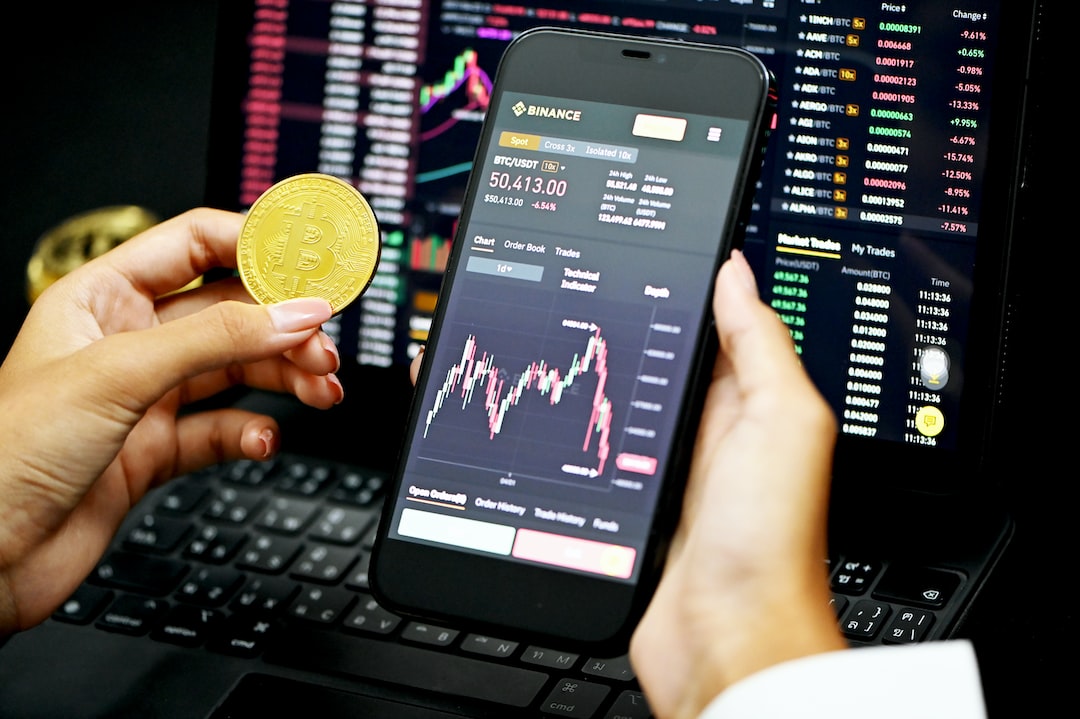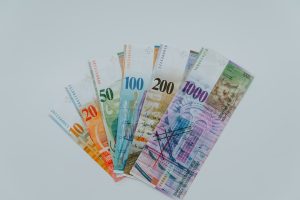The foreign exchange market, also known as the forex market, is a decentralized global marketplace where all the world’s currencies trade. It is the largest financial market in the world, with a daily trading volume of over $5 trillion. In this article, we will explore the size and scope of the forex market, its key players, and the factors that drive its growth.
The Size of the Forex Market
According to the Bank for International Settlements (BIS), the forex market had an average daily turnover of $6.6 trillion in April 2019. This represents a 29% increase from the $5.1 trillion recorded in April 2016. The forex market is open 24 hours a day, five days a week, which means that trading is conducted around the clock in different time zones.
The forex market is dominated by a few major players, including commercial banks, central banks, hedge funds, and multinational corporations. These institutions account for the majority of daily trading volume in the forex market. Retail traders also participate in the forex market, but their trading volume is relatively small compared to the institutional players.
The Key Players in the Forex Market
The forex market is dominated by a few major players, including commercial banks, central banks, hedge funds, and multinational corporations. These institutions account for the majority of daily trading volume in the forex market.
Commercial banks are the largest players in the forex market, accounting for over 50% of daily trading volume. They trade currencies on behalf of their clients, such as multinational corporations, hedge funds, and other financial institutions.
Central banks also play a significant role in the forex market. They use the forex market to manage their country’s currency reserves, influence exchange rates, and implement monetary policy. Central banks can intervene in the forex market by buying or selling currencies to stabilize exchange rates.
Hedge funds are another important player in the forex market. They use sophisticated trading strategies to profit from currency fluctuations. Hedge funds are not regulated like other financial institutions, which means they can take on more risk and leverage than traditional investors.
Multinational corporations also participate in the forex market to manage their currency exposures. They use the forex market to buy and sell currencies to hedge against currency fluctuations that could impact their revenues and profits.
Factors Driving the Growth of the Forex Market
Several factors are driving the growth of the forex market. One of the main drivers is globalization. As the world becomes more interconnected, the demand for currencies increases, which drives up trading volume in the forex market.
Another factor driving the growth of the forex market is technological advancements. The development of electronic trading platforms has made it easier and more efficient to trade currencies. These platforms allow traders to execute trades in real-time, access market data, and manage their positions from anywhere in the world.
The increasing popularity of forex trading among retail traders is also driving the growth of the forex market. Retail traders now have access to the same tools and resources as institutional traders, which has democratized the forex market and increased its liquidity.
Conclusion
The forex market is the largest financial market in the world, with a daily trading volume of over $5 trillion. It is dominated by a few major players, including commercial banks, central banks, hedge funds, and multinational corporations. The growth of the forex market is being driven by globalization, technological advancements, and the increasing popularity of forex trading among retail traders. As the world becomes more interconnected, the forex market is likely to continue growing in size and importance.






